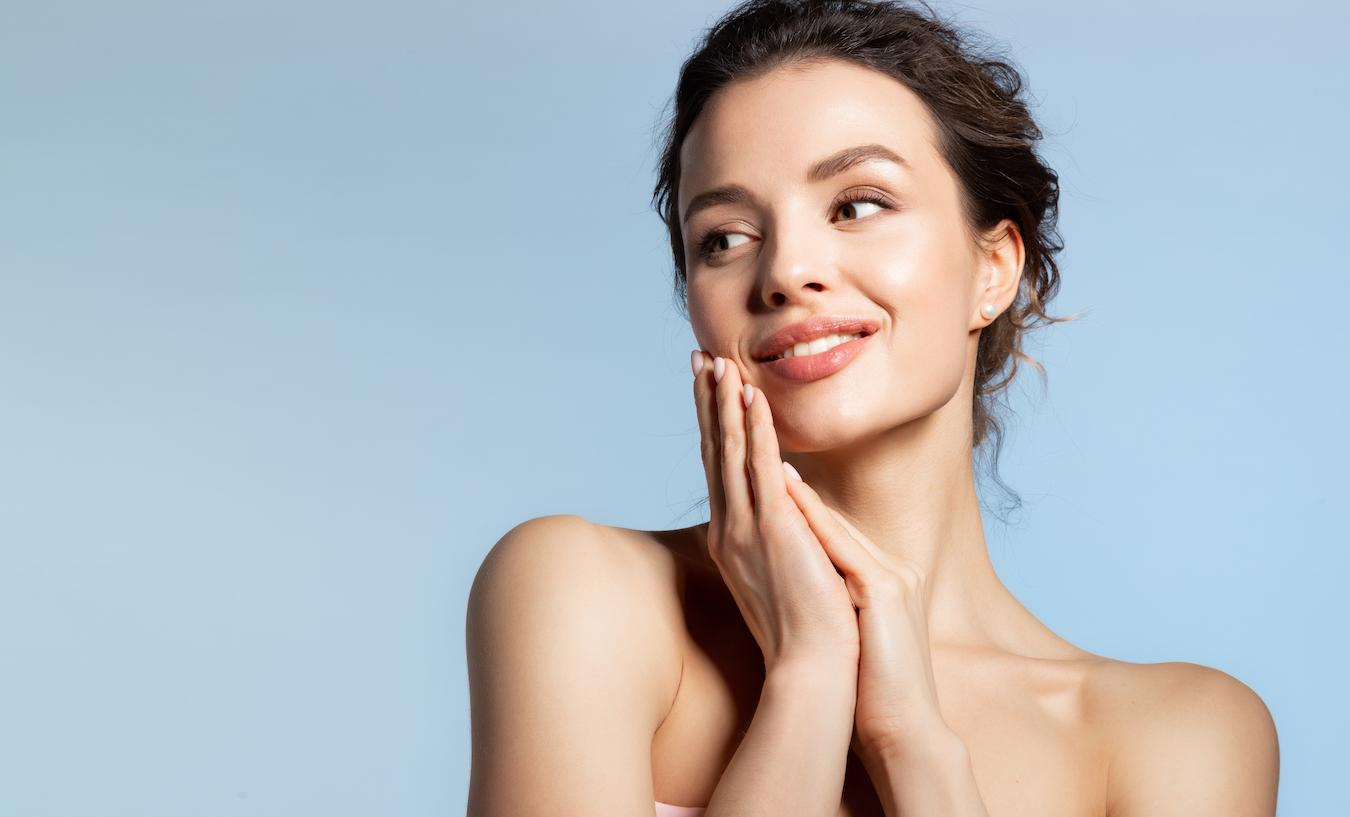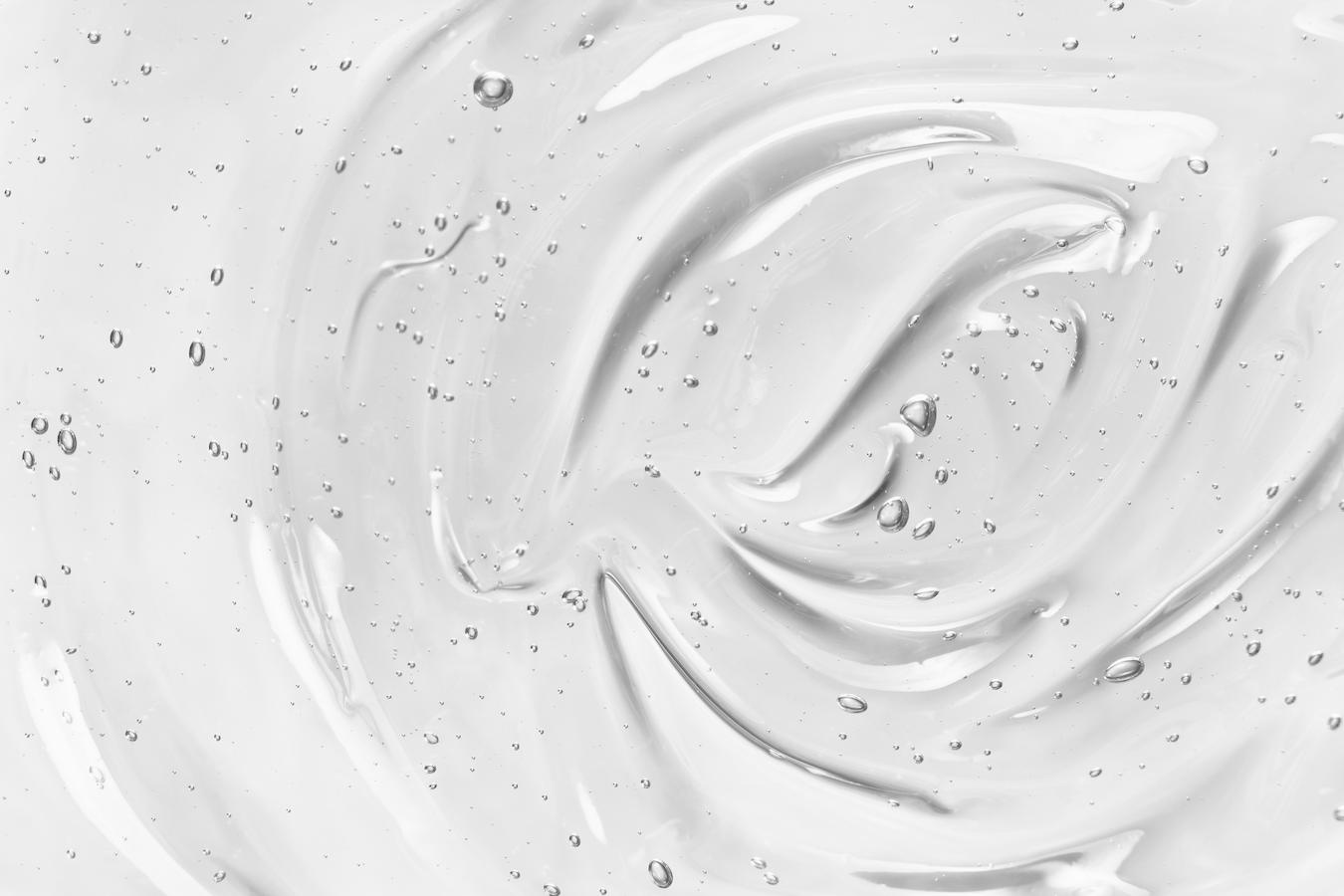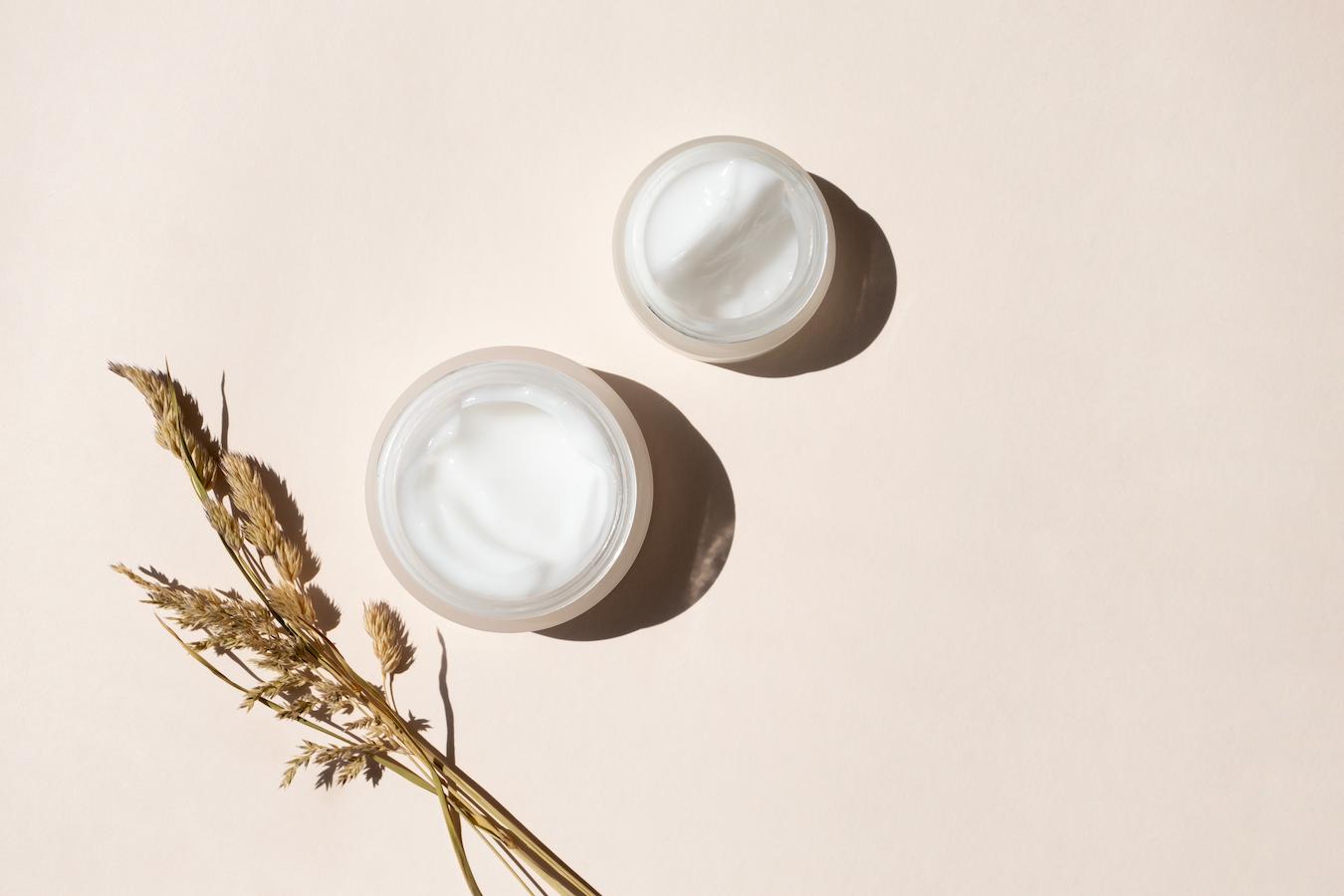What Is BHA In Skin Care?

When glycolic acid was first introduced in the early 1990s, it revolutionized skincare. Being the most active from the group of alpha-hydroxy acids (AHA), it was the first one to incorporate in cosmetic formulas, allowing everyone to use it at home and offering impressive results in the removal of dead cells; with the benefit of an unprecedented smooth and clean skin. It was later discovered that glycolic acid had equally spectacular effects on collagen production.
A few years later, cosmetologists bring to the surface the salicylic acid of the beta-hydroxy acid (BHA) group, highlighting the ideal ingredient against sebum production in the skin pores, acting as an active anti-inflammatory against acne, redness, and irritation.
Both of these acids, glycolic and salicylic, are still an unbeatable duo against skin aging and skin damage. In what follows, you will learn everything about BHA: The catalyst of your skincare!
See Related: What Does Moisturizer Do?
Which Are The Main Types Of Skin Relieving Acids?
There are 2 different groups of acids: alpha-hydroxy acid (AHA) and beta-hydroxy acid (BHA). While these ingredients are chemically exfoliating, AHAs and BHAs treat different skin problems.
AHAs are ideal if you are concerned about aging skin, while BHAs are suitable for those who deal with oiliness and struggle with acne, pimples, and apples (the small white spots that you sometimes see under the skin).
Alpha-Hydroxy Acid (AHA)
AHA stands for alpha-hydroxy acid. AHAs are derived from cane or other plant sources, which is why they are often referred to as fruit acids. Among the AHAs is glycolic acid, which is the smallest of the AHAs. Glycolic acid is derived from sugar cane and is the most widely used type in skincare products.
AHAs are offered for the gentle exfoliation of the skin – like through our AHA serum. There are two ways of exfoliation: engineering and chemistry.

In the first one, the granules, which are usually contained in the composition of specialized products, detach the dead cells from the surface by friction. But many times their size, frequency, and method of application – especially if the movements are intense – can “injure” the skin.
In the second method, the hydroxy acids (AHA and BHA), the most well-known ingredients of chemical exfoliation, contribute to an indirect way of enhancing the natural renewal process and are therefore more friendly to the skin.
Some of them stimulate cellular metabolism that declines over time. In such a way, new and healthy cells come to the surface and repel the old and dead ones, while others break the bonds between the keratinocytes thus facilitating their apoptosis.
Beta-Hydroxy Acid (BHA)
BHA stands for beta-hydroxy acid. BHAs are organic carboxylic acids that work on the surface of the skin and deep in the pore. They are fat-soluble so ideal for normal to oily skin that is prone to acne breakouts, blemishes, and visible pores. Although they are acidic they have the strange ability to soothe the skin, even for sensitive skin types, including those prone to redness or rosacea.
One of the best-known acids in the family of beta-hydroxy acids is salicylic acid. It is widely known as a key ingredient in cosmetics and medicines that act against skin imperfections and acne.
Many even consider it a “magic potion” for skincare and use it in all its forms (cream, facial cleanser, shampoo). Of course, there are others who, upon hearing the word acid, think that this particular ingredient can damage their skin.
However, the truth is that chemical facial peels, such as salicylate, have many benefits in skincare.
The unique anti-inflammatory, antibacterial, and drying effect of salicylic acid makes it one of the most active ingredients. Salicylic acid, which also has improved resource penetration, is also known to fight bacteria.
Moreover, it can be used to treat calluses and other areas of dry skin, similar to what AHAs do, by breaking dead skin cells together. However, salicylic acid penetrates deeper.
What Is The Difference Between Alpha And Beta-Hydroxy Acids?
AHAs and BHAs are two of the most versatile and multitasking players in Skincare strategy! We love them and if you have not tried them already, start them.. yesterday!
Let’s see the differences between AHA’s & BHA’s and why you should include them in your routine! We now find them enriching many different products of daily care, thus giving enhanced action to the skin beauty routine. Skin-friendly alpha and beta hydroxy acids claim a significant share in the radiant, smooth, even, healthy appearance of the skin.
AHAs are generally recommended for normal to dry, sun-damaged skin, due to their ability to enhance natural moisturizing agents – like our water-based moisturizer. AHAs have many benefits and target all areas of the skin, both the outer layer (skin) and the deep layer (skin).
On the skin, AHAs have an exfoliating effect, increasing the shedding of dead skin cells that accumulate on the surface. They manage this by gently breaking the bonds between the dead cells.
AHAs also help stimulate collagen production, making them ideal for those who want to reduce the appearance of fine lines. They increase the synthesis of collagen by fibroblasts (collagen-producing cells in the skin) and are effective in reducing visible sun damage
(FYI: do not replace sunscreen). When you have to choose between AHA and BHA, it depends on how you want the products to work or the topic you want to target.

If the problem is more serious, such as cystic acne or acne in general, you will want to use either a BHA or AHA / BHA combination, as it will probably penetrate better to the root of the problem! However, for an issue like dry skin, AHA is the best choice. An AHA / BHA combination can work depending on your skin type, but when your goal is to do a more superficial exfoliation, you should use AHA.
While AHAs are water-soluble, BHAs are fat-soluble, so they are ideal for those struggling with oil in the T-zone. They can penetrate under the oil that clogs the skin and also have antibacterial and anti-inflammatory properties.
This helps to remove the scars faster and soothe any redness. The most popular BHA is salicylic acid. It can be found in many different formulas that target targeted therapies. Exfoliating with BHA containing salicylic acid brings the ups and downs in the beauty routine, ridding the skin of dull cells without removing the skin’s natural oils.
That is why it is considered an ideal choice for those who face the problem of high fat. But, at the same time, the gentle and natural exfoliation immediately improves the dull appearance, the rough texture and soothes the dry, mature skin.
On the other hand, glycolic acid, the most “famous” and perhaps the most active from the group of AHA, due to its low molecular weight penetrates more easily and to a greater depth.
BHA’s Beneficial Properties
BHA is a beta hydroxy acid, which is derived from the bark of the white willow. Unlike other acids used in pharmaceutical and cosmetic products, salicylic acid is fat-soluble and not water-soluble.
This means that it can penetrate the pores, reduce oiliness, but also the excessive production of sebum that leads to acne. It is ideal for oily skin, as well as for acne-prone skin. It acts mainly against blackheads, but also pimples created by blocked pores.
As for cystic acne, which is usually caused by internal factors such as hormones and genetics, it might not be enough on its own. In addition, it can reduce the redness of the skin, as well as exfoliate by removing dead cells and bacteria that clog its pores.
This prevents the formation of inflammation, such as pimples and dark spots, while the skin is renewed, regenerated, and becomes more radiant. This is why it is considered an important ally against acne.
BHA also has anti-inflammatory and antibacterial properties. This means that it leads to the relief from the pain that we often feel when internal or persistent pimples appear. Reduces redness and swelling, while preventing the appearance of new pimples.
Apart from acne, it is also used in the treatment of dandruff, psoriasis, seborrheic dermatitis on the face, but also the scalp. In these cases it acts as a keratolytic substance, making it easier for hard dead skin flakes to be removed.
Bonus: How To Take Care Of Oily Skin
In Which Products Is Salicylic Acid Present And What Is Its Use?
Salicylic acid is found in aspirin, but also many cosmetic products such as creams, facial cleansers, toners, shower gels, shampoos, and other liquid solutions for topical use. What you should be careful about when buying a product with salicylic acid is that its content should not be more than 2%, as it might irritate your skin. Unless, of course, your dermatologist recommends it. He knows exactly what your skin needs and will give you the right treatment and dosage.

In general, the use of salicylic acid should be done with caution, as it may cause irritation and mild stinging. That’s why it’s best to give your skin time to adjust to BHA, initially limiting its use to 1 time every other day and gradually increasing it.
For example, if after day after day use for 2 weeks you do not notice any irritation, you can proceed to daily use. Ideally, of course, you should consult your dermatologist before starting to use salicylic acid. He’s the best person to tell you first if you can use it and how.
Things to Consider Before Using BHA
* People with allergies to aspirin, as well as salicylic acid, should not use it. The same goes for those who suffer from rosacea.
* It should not be applied to irritated, red, sore, or swollen skin.
* Ask your dermatologist about its use if your skin is sensitive.
* At the beginning of its application it may cause irritation, peeling, and dryness of the skin. This means that either overuse or just salicylic acid is not recommended for your skin. Contact your dermatologist for guidance.
* Pregnant women, breastfeeding women, and people taking certain medications, such as anticoagulants, are not recommended for use.
* Excessive use can lead to poisoning.
* Applying salicylic acid during the day may cause photosensitivity. That is why it is recommended to use it at night. Otherwise, you have to put sunscreen on top.
* It should not be used in children without the prior consent of a doctor, as a large amount is absorbed through the skin.
Retinol and AHA/BHA
Layering (applying one cosmetic product on top of another) can sometimes give better results to your skin but other times it makes things worse. This is because while some combinations of ingredients work synergistically, others may be incompatible or exacerbate any side effects.
Retinoids should not be combined with AHA (alpha-hydroxy acids) as this can damage the skin’s moisture barrier and cause irritation, redness, and dry skin over time.
Both retinol and AHAs, such as lactic acid, glycolic acid, and citric acid are anti-aging ingredients that rejuvenate the skin and reduce the signs of aging. But there is a greater risk of irritation when using two exfoliators together and in addition, retinol does not work so well on acidic skin.
The same applies to the combination of retinol with BHA (beta hydroxy acids) such as e.g. salicylic acid. The biggest mistake you can make is to apply a lot of acids to your skin at the same time.
If you use a lot of exfoliating acids, your skin will become red and irritated. This will prevent the growth of new cells.
It is easy to overdo it with skincare acids. An immediate side effect is a tingling or burning sensation. In the long run, side effects include skin sensitization (allergic reaction to acids) and accumulation of melanin (dark spots) if the skin is left unprotected from the sun’s ultraviolet rays.
Use BHA In Moderation
When the natural mechanisms start to malfunction, exfoliation is, without a doubt, the most effective method of skin renewal. It is rightly considered as the main “weapon” of anti-aging in modern cosmetology.

But even the mildest exfoliator, when applied too often, seriously threatens the consistency of the skin barrier. When artificially accelerating the rate of cell renewal, you might strip and weaken the epidermal barrier.
The next stage is sudden sensitization which easily leads to premature skin aging. Also, use hydroxy acids in moderation in your skincare routine. Glycolic acid, for example, should not exceed 10% while for salicylic acid the ideal concentrations range from 0.5 to 2%.
SPF Protection and BHA
Whichever hydroxy-acid you choose, it is necessary to introduce them gradually in your daily life, starting with once or twice a week. Hydroxy acids, in addition to the hyaluronic acid that moisturizes the skin, soften the stratum corneum of the skin, making it more sensitive to UV rays. That is why it is always necessary to protect your skin using sunscreen with a high protection index.
Both AHAs and BHAs can cause photosensitivity, as we call inflammation from the combined effect of sunlight on the skin and the topical use of chemicals or drugs. Photosensitivity occurs in areas that are most exposed to the sun; on the face but also on the hands or neck area and is manifested by intense redness, rash, itching or blisters, and flaking.
So, never forget to wear your sunscreen in the morning after chemical exfoliation, as your skin will be particularly sensitive to UVA rays.
Keep Reading: What Is The Best Anti-Aging Neck Cream?
—
For over 60 years, Viviane Woodard has represented “The Purity of Skincare”. We are the leading beauty brand for skin care products and promote the importance of good skin hydration. Follow us on Facebook, Instagram, Twitter, and Pinterest for skin care tips, product discounts, and more.
